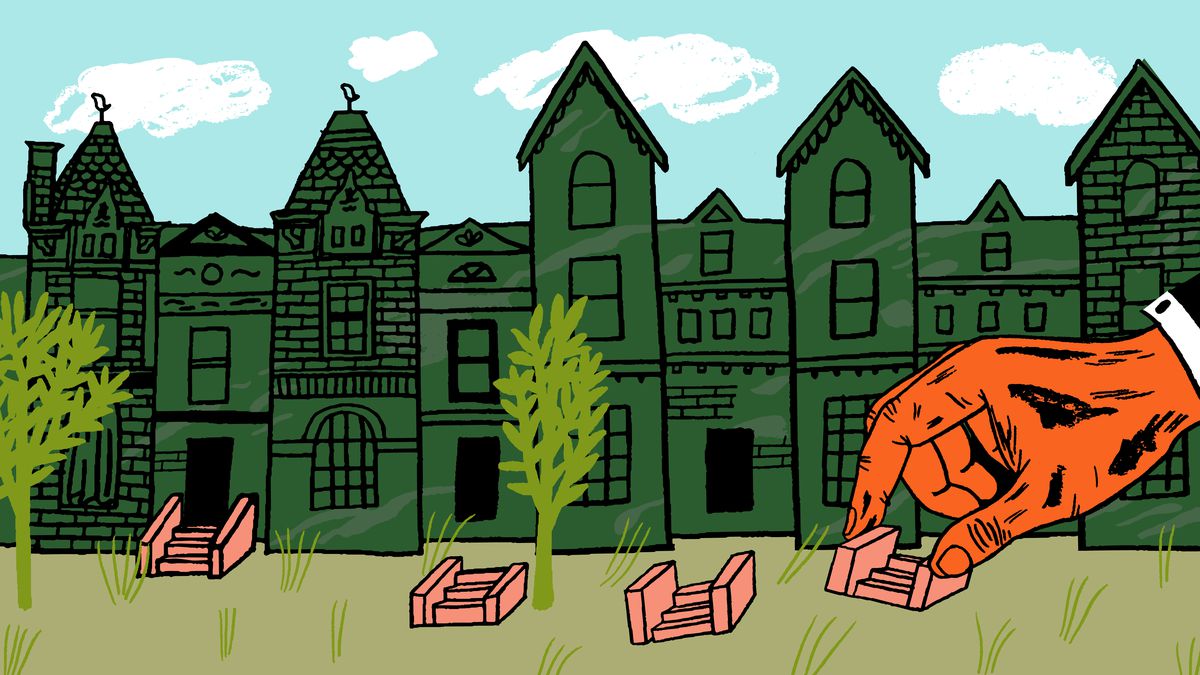The Housing Crisis: A Rise In Shared Spaces
Synopsis:
The housing bubble and consequently the housing crisis is now common knowledge.
Everyone who is anyone can converse on the causes of the issue, factors in the interplay, and possible solutions to prevent another crisis. You would think there should not be another housing crisis! As sarcastic as this may be, it is still a serious and scary reality to think that with the experience that we all have, the knowledge that we can all access, and the expanding expertise the financial world accumulates, we can all sleep sound at night knowing that we are safe from another housing catastrophe. Why is this not situation? This is what our GOL research team has set out to find.
The Puzzle:
What are the root causes of the housing crisis? What are the constant factors encouraging this recurrence? What are the solutions proposed? Have they been working? Why/Why not? What are possible solutions for long term home ownership?
What are others saying:
Is Co-living Really the Answer to the Housing Crisis?
Sharyl Attkisson: How Coverup Of Housing Crisis Caused 2008 Financial Crisis
What Caused the Subprime Mortgage Crisis?
How Regulation Helped Cause the Housing Crisis (John A. Allison)
By-products to the housing crisis:
Why Millennials Are Paying To Live In Shares Spaces Like WeLive (HBO)
The trendy co-living spaces attracting millennials in New York and San Francisco are just the latest version of a concept that’s been around for 200 years
The Pros and Cons of Living in an Income-Sharing Commune
The numbers:
-
The January 2017 Point-in-Time count, the most recent national estimate of homelessness in the United States, identified 553,742 people experiencing homelessness
-
According to the January 2017 Point-in-Time, the overall number of people experiencing homelessness increased nationally by 0.7 percent between 2016 and 2017
-
The largest increases in that time period were among unaccompanied children and young adults (14.3 percent), individuals experiencing chronic homelessness (12.2 percent), and people experiencing unsheltered homelessness (9.4 percent)
-
The number of people in families experiencing homelessness decreased by 5.2 percent
-
Single individuals made up 66.7% of the people experiencing homelessness, about 33.3% were families, 7.2% were veterans, and 7.4% were young adults or unaccompanied children

